Continuity Editing Vs Discontinuity Editing Film Studies
Everything You Need to Know About Continuity Editing

Source: Pexels
Curious about continuity editing? A trip to the movies is a consistently fun and absorbing experience, one with the ability to draw you in and allow you to temporarily forget the outside world. If you enjoy film and perhaps even want to make your own movie, the question is: How do they do that?!
The answer is complex and multi-faceted, but a key aspect of moviemaking is the editing process. Quality editing can make or break a movie. In this article, we at Peerspace explain one aspect of editing — continuity editing. After this article, you should have a better sense of what continuity editing entails. Let's get started!
What do film editors do?
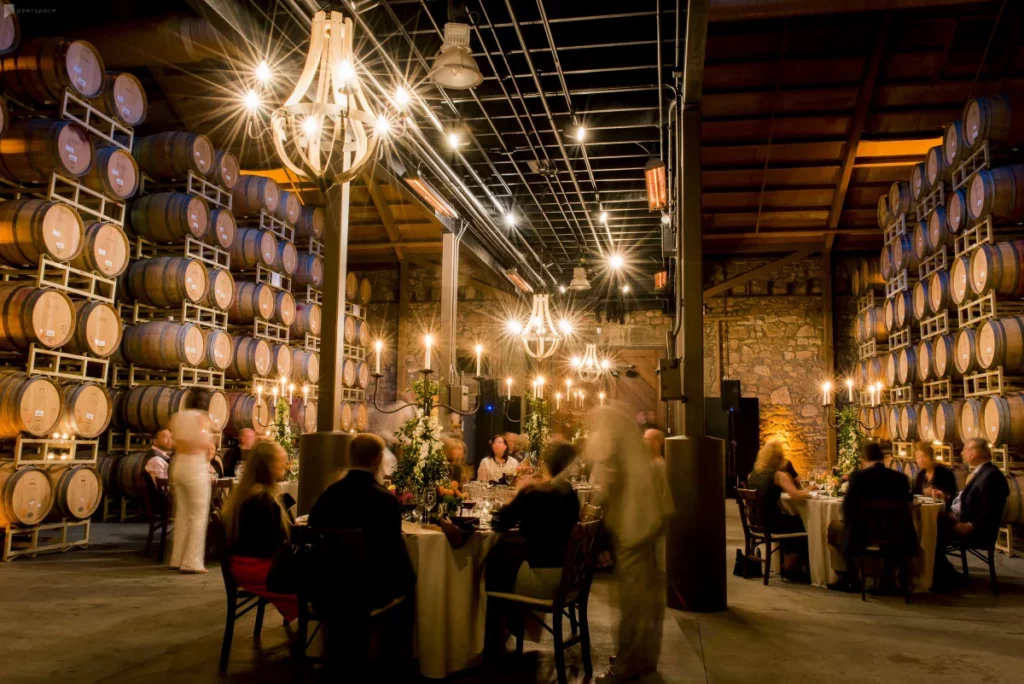
Let's establish what the role of an editor is more specifically before we get into continuity editing and how that works. As stated above, editors are extremely important to the final outcome of a movie. Understanding what it is they do with clarity is equally crucial.
Around the start of the 1900s, when film was a new medium gaining popularity and widespread usage and consumption, editing was quite simple. It was about transitioning from one scene to another. It mostly involved literally cutting physical pieces of film and stitching them together.
However, the process of editing started to become more involved and nuanced. Cinematographers realized they could switch up the kinds of shots they were doing. And when this happened, editors needed to ensure that these different shots fit together in a logical and comprehensible manner. This, of course, was significantly more challenging than the more simple iterations of editing in the early days of film.
Also discover everything there is to know about post-production here!
Modern editing
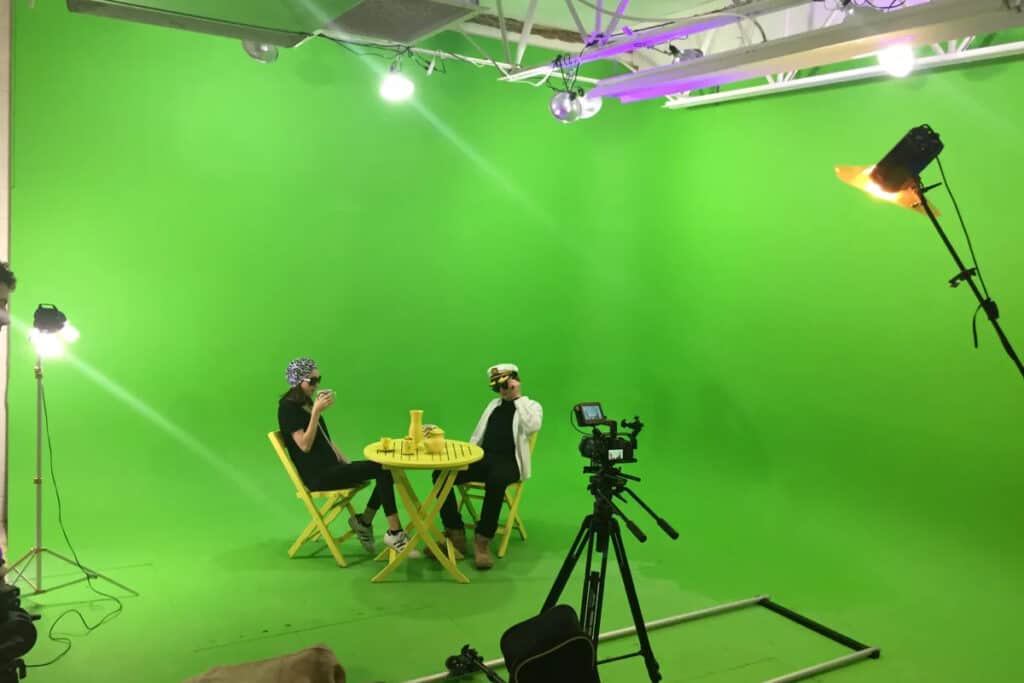
Editors these days make numerous decisions, but they can mostly be boiled down to two questions. How long does each shot remain on screen? And how do all of these shots fit together?
Here's an example to help you understand what we're talking about in context. One of the most prevalent kinds of scenes in virtually any film is a scene made up primarily of dialogue.
An editor can take this in a really straightforward direction by choosing which shots they show when in accordance with whichever character is speaking. That is, having the character who's talking be the one who the shot is showing, and switching back and forth.
But there are much more interesting ways an editor can deal with this. They can also show the reaction of the other character to the dialogue of the character who is speaking. They may even intersperse shots of something else in the scene entirely if they have that footage to work with and it makes sense for the plot and meaning of the film.
What is continuity editing?
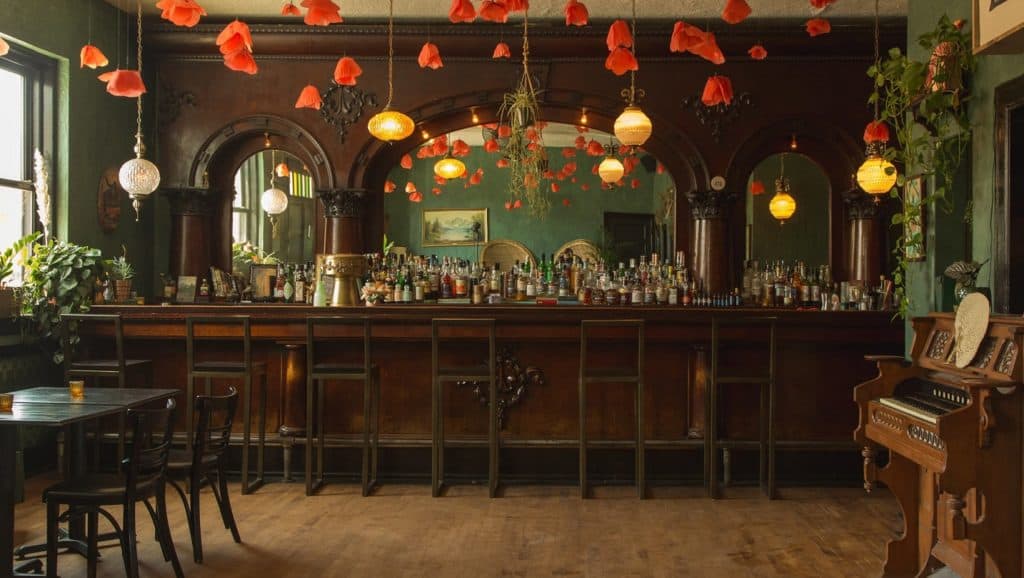
Now that we've explained what the role of an editor is, let's get to continuity editing more specifically. Continuity editing is when an editor combines related or interconnected shots to maintain the overall plot consistency. It is especially vital with regard to the consistency of both time and space.
Continuity editing is meant to be undetectable — in most cases, it shouldn't be something the audience is consciously aware of. Ideally, editors use it to create a smooth and coherent feel to the movie. It helps ensure that there are no continuity errors, which can disrupt the audience's suspension of disbelief that is necessary for the film to be an immersive experience.
For example, if a prop suddenly appears or disappears in a scene, or an actor's hair or makeup changes between shots, this can remind viewers that they're not watching real events take place and that it's in fact a "just" a movie.
So for this reason, continuity editing is critically important!
Where can you film a movie?
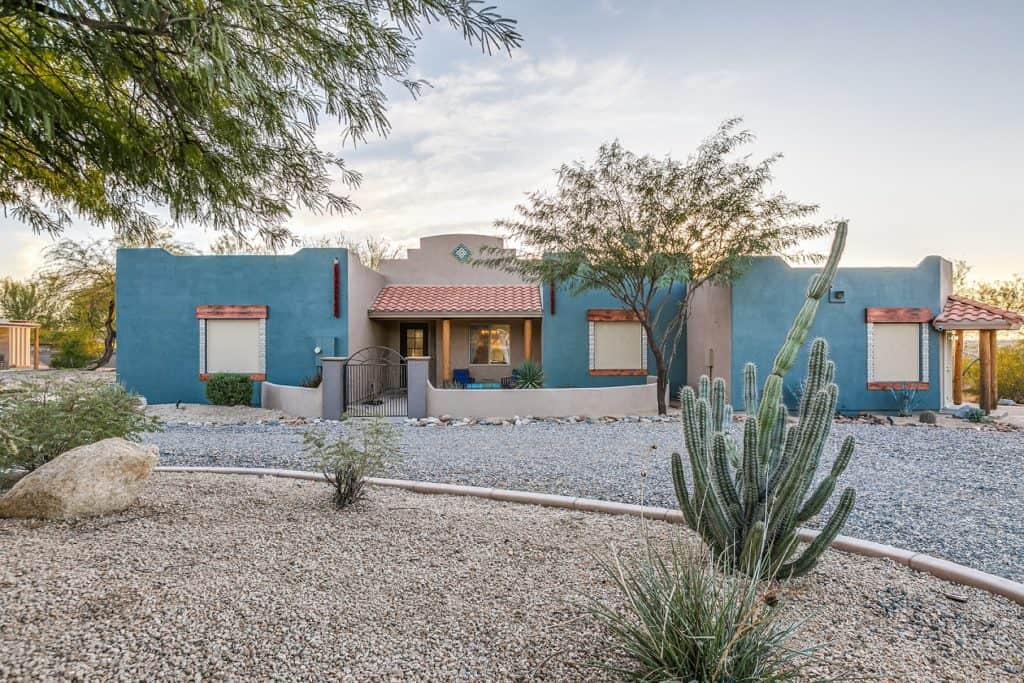
If you're reading about continuity editing, it's fair to assume that you have a strong interest in filmmaking and how it works. Perhaps this is because you are interested in making a movie of your own!
Now that you know what continuity editing is, how it works, and why it's so crucial to effectively create an immersive film experience, it's about time to get to work on your own film.
Choosing the locations for your movie is one of the most crucial elements of making it a success. It may also ensure that the final product is in line with what you've envisioned creatively. In order to find all sorts of incredible filming locations, Peerspace is the ultimate resource.
As the most wide-ranging online marketplace for hourly venue and event space rentals, Peerspace offers film and photoshoot locations of all kinds. This includes more formal film studios to gritty warehouses and everything in between. With thousands of spaces available across hundreds of North American, Canadian, and UK cities, virtually anything you can imagine is available for rent on Peerspace.
About Peerspace listings
Another great thing about Peerspace? The listings are extremely detailed, which makes it easy to understand what the venue has to offer. You'll know whether it's a good fit even without visiting it beforehand.
Every listing incorporates in-depth descriptions of what the spaces are like and their amenities. Plus, you can view plenty of high-quality photographs of the space. Most spaces also have reviews from those who have used them in the past.
And if you have any further questions or requests, it's easy to message the host and ask them about it. Peerspace makes it easy to find hidden gem spaces and rent them from other creatives in your community.
We get into more facets of film editing with our what is a director's cut? post!
Types of production locations on Peerspace
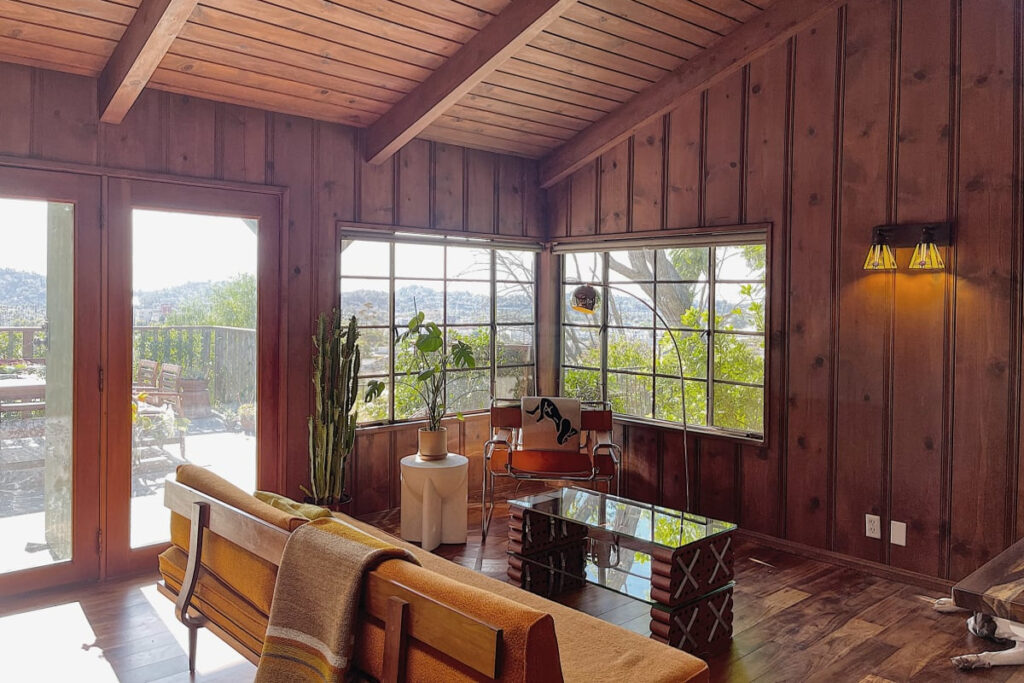
Okay, so using Peerspace to book your dream filming location is easy and comprehensive. But what about a few examples to illustrate what's out there? We have you covered there!
Here are a few of our favorite Peersapce production venues that can make any film look and feel amazing:
- This mansion in the Hollywood Hills in Los Angeles that has elegant rooms, a pool and Jacuzzi, and plenty of space
- This mid-century oasis cabin (pictured above) that is just 10 minutes from downtown LA and offers sweeping views of the city below
- This light-filled modern apartment in Brooklyn, New York with sleek minimalist styling
- This industrial production studio in Atlanta with an all-white room for easy editing
- This large Logan Square loft space in Chicago with tons of natural light and modern style
We could keep going, but we suggest you give Peerspace a search based on your own location and other parameters to get a sense of what's available to you! Within minutes, you could have your hands on the perfect film location that meets your needs and budget.
Continuity editing: conclusion
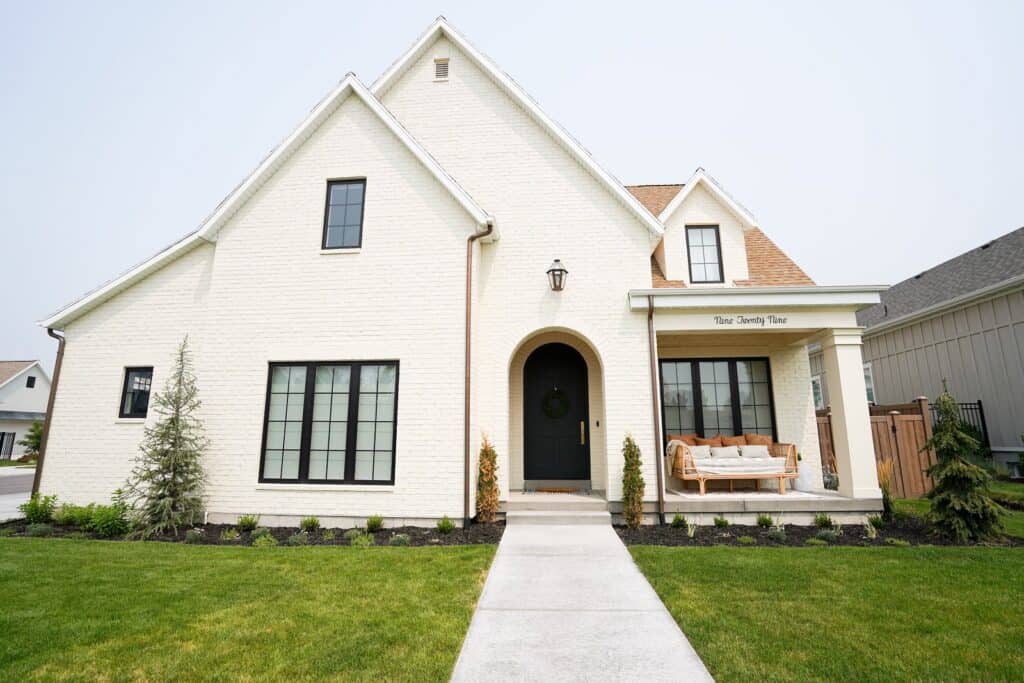
Now you know all about continuity editing! Not only that, but you've also scored some useful tips on where to practice your new skills.
Peerspace makes it easy to find the right location for your movie. All the easier to film compelling scenes, applying your knowledge of continuity editing to make watching your own film a truly immersive experience. Good luck and have fun!
Find unique film production venues on Peerspace
![]()
Get together somewhere better
Book thousands of unique spaces directly from local hosts.
Explore Spaces
![]()
Share your space and start earning
Join thousands of hosts renting their space for meetings, events, and photo shoots.
List Your Space
Source: https://www.peerspace.com/resources/continuity-editing/
0 Response to "Continuity Editing Vs Discontinuity Editing Film Studies"
Post a Comment